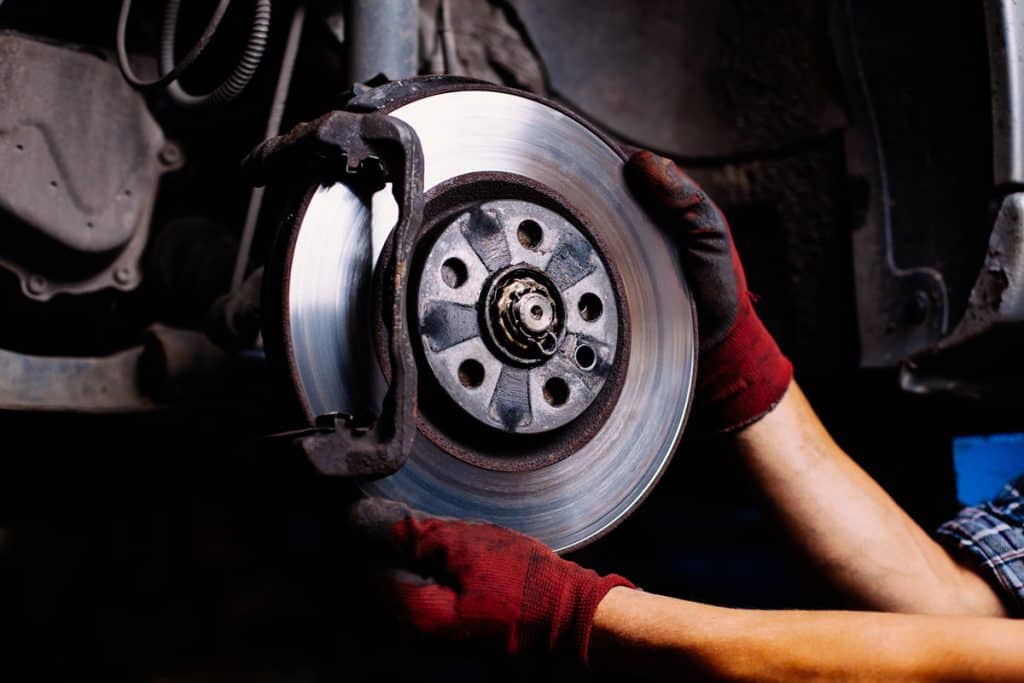How Long Should Brake Pads Actually Last?

Your car’s brakes do more than just stop your vehicle—they’re a critical part of keeping you safe on every drive. But brake pads, the components that create the friction to bring your vehicle to a halt, don’t last forever. Their lifespan can vary widely depending on your driving style, environment, and the condition of surrounding brake components. Understanding how long brake pads typically last—and recognizing the signs of wear—can help you avoid costly damage and maintain reliable braking performance.
Factors That Affect Brake Pad Lifespan
On average, most brake pads last between 30,000 and 70,000 miles. However, the exact lifespan depends heavily on how and where you drive. City driving with frequent stops wears pads faster than highway cruising, and heavier vehicles or those used for towing put even more strain on the system.
Many drivers assume that worn pads are the only cause of braking issues, but connected parts like your parking brake cable can also influence wear and performance. A corroded or misadjusted parking brake cable can cause the brakes to drag slightly even when you’re not pressing the pedal. This constant friction can lead to premature pad wear, overheating, and reduced fuel efficiency. Keeping this cable lubricated and properly adjusted can help extend your brake pad life.
Another key factor is the type of material your brake pads are made from. Organic pads (made from materials like rubber and resin) are softer and quieter but wear out faster. Semi-metallic pads last longer and perform better under high heat but can be noisier. Ceramic pads strike a balance between longevity, performance, and minimal dust production—making them a popular choice for many drivers.
Driving habits play a huge role as well. Consistent hard braking, tailgating, or riding the brakes downhill can quickly shorten pad life. Smooth, gradual stops and maintaining a safe following distance reduce unnecessary heat buildup and friction. If you drive in areas with steep grades or heavy traffic, scheduling more frequent brake inspections is wise.
Even your environment impacts wear. Dust, road salt, and debris can build up around the calipers and rotors, causing grinding or sticking. Regular cleaning and periodic inspections of your entire braking system can prevent corrosion and uneven pad wear.
When It’s Time to Schedule a Replacement
When your brake pads begin to wear down, they’ll often send clear warning signs. Squealing or squeaking noises are the most common—these sounds come from wear indicators built into the pads to alert you it’s time for a replacement. Ignoring the noise too long can lead to grinding, which means the pad material is gone and the metal backing plate is scraping against your rotor.
Soft or spongy brake pedals are another clue something isn’t right. If pressing the pedal takes more effort than usual, you might have air in the brake lines or a failing brake hose. A damaged hose can leak fluid or swell internally, reducing hydraulic pressure and making your brakes less responsive. Replacing a worn brake hose promptly can restore proper braking feel and prevent bigger system failures.
Vibration or pulsing when you apply the brakes can also mean uneven pad wear or warped rotors. If your steering wheel shakes during braking, schedule an inspection right away—this is often a sign your pads aren’t making even contact with the rotor surface.
For vehicles with drum brakes in the rear, it’s just as important to maintain components like the brake drums. Over time, brake shoes can glaze or the drum surface can develop grooves, reducing friction and braking power. Resurfacing or replacing worn drums helps ensure balanced braking and even wear across the system.
Pay attention to mileage as well. If you’re approaching 40,000 miles since your last brake service—or if you frequently drive in stop-and-go traffic—it’s a good idea to have your brake pads inspected. Checking pad thickness during each oil change can also prevent unexpected failures.
Final Thoughts
Brake pads may be small, but they have one of the biggest jobs when it comes to vehicle safety. Replacing them before they wear too thin protects not only your rotors but your wallet, too. A set of new pads costs far less than repairing damage caused by metal-on-metal contact. Keeping an eye on other components—like the parking brake cable, hoses, and drums—can extend the life of your entire braking system. Stay proactive, schedule regular inspections, and you’ll enjoy smoother, safer stops for miles to come.
